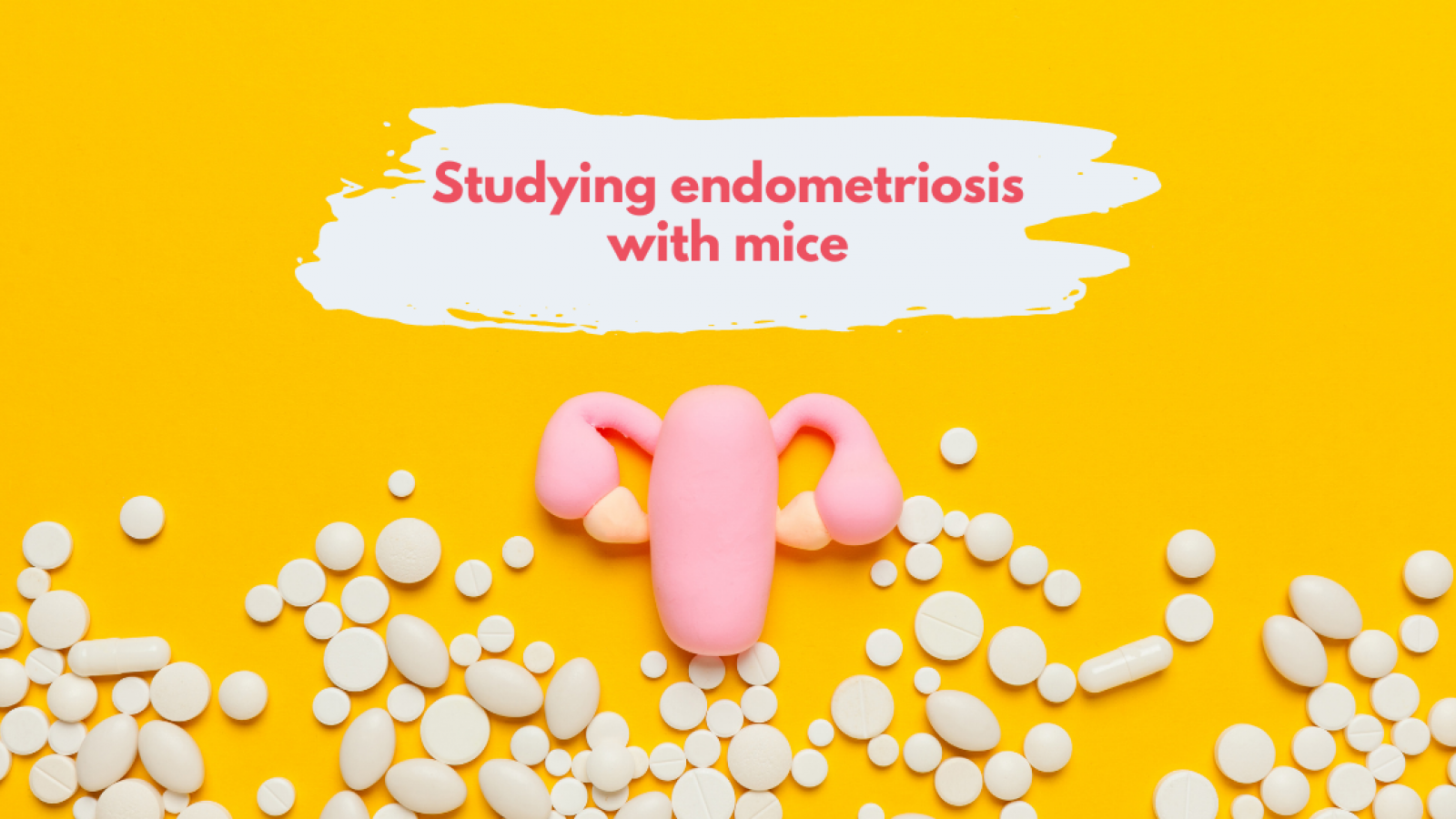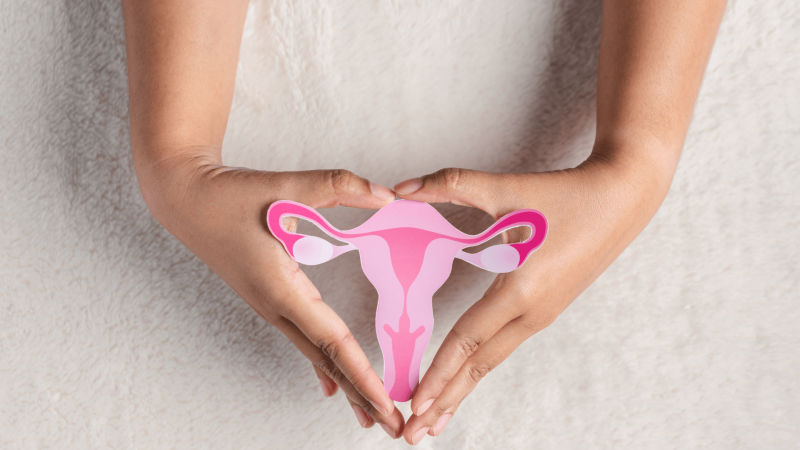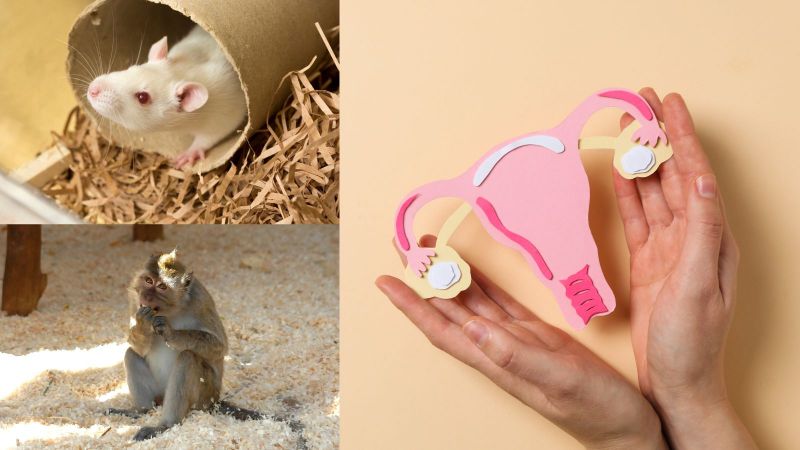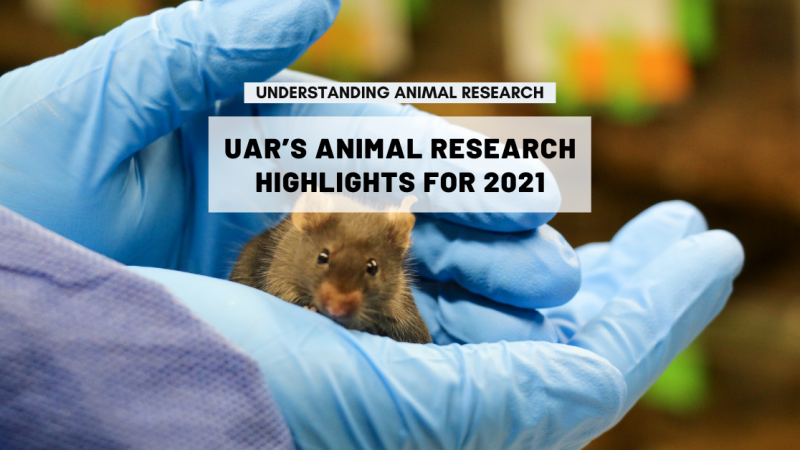
Every month, millions of women suffer discomfort or pain caused by their period. Many have experienced dismissal or diminishment of even incapacitating pain by a male-dominated medical establishment.
But increasing numbers of women practising medicine and specialising in biological sciences are forcing a reassessment of old attitudes. Out-dated assumptions that “women’s issues” are trivial or an inevitable fact of life; to be endured rather than treated, are on the retreat as more and more women make their voices heard.
“The idea that women have to get used to and put up with menstrual pain is almost embedded in our DNA. It is somehow normal that this pain shouldn’t be of concern, treated or investigated. But anything that’s affects wellbeing needs to be treatable. There is no need for people to be in pain every month,” says Professor Philippa Saunders, Chair of Reproductive Steroids at the University of Edinburgh.
For some women menstrual pain can be extreme, and this might indicate they have endometriosis.
Endometriosis is a disorder in which tissue similar to that which normally grows and lines the inside of the womb (uterus) - the endometrium - grows outside the womb. Endometriosis is not limited to the area immediately in and around the womb and can spread to all kinds of places, including the colon, for example.
Currently treatment options are daunting. In the more extreme cases they might include surgery, even a hysterectomy, or a course of hormone treatment to bring on the menopause. These treatments, which make it impossible to have children or involve major surgery are very difficult to accept, and many women decide to live with the pain instead.
“The truth is that women have been very understudied over the years… it’s really kind of shocking; it’s actually worse than you think, not better than you think,” says Dr Judy Regensteiner, Director and Co-Founder of the Centre for Women’s Health Research at the University of Colorado Anschutz Medical Campus.
Most of our understanding of ailments comes from the perspective of men and is overwhelmingly based on studies of men, carried out by men. Because endometriosis is a female-only condition, it has less funded and less studied than other conditions. UK government funding for science is very competitive and many researchers believe that women’s health has been the loser. Although endometriosis affects two million, or one in ten women in the UK, which means it is as common as diabetes or severe asthma, its profile is relatively obscure.
Less than 2.5% of publicly funded research is dedicated to reproductive health, despite the fact that one in three women in the UK will suffer from a reproductive or gynaecological health problem. This is exacerbated by a focus on particular, predominantly male, conditions. For example there is five times more research into erectile dysfunction, which affects 19% of men, than into premenstrual syndrome, which affects 90% of women.
With few charities solely focused on women’s health, one of the only grant-giving bodies is Wellbeing For Women, but demand for its support far outstrips available resources. Of the 127 applications for its 2019 funding round, only 11% were successful, and most of these focussed on pregnancy and babies. Sarah Francis, a spokesperson for the charity, says that although things have improved, women’s health continues to be “overlooked and underfunded”.
Almost a century after endometriosis was first described by John Sampson in the 1920s, women are still suffering delayed diagnosis and inappropriate prescriptions.
“I’ve felt really let down by the sheer frustration and exhaustion of even arriving at a diagnosis in the first place,” explains Sarah, 31, who lives with the condition.
“For so many of my early medical appointments, I was just given painkillers and told that the pain was something which I’d have to ‘learn to live with’. One doctor even recommended that I have a baby to alleviate the symptoms, which was totally shocking.”
Unfortunately, funding isn’t the only obstacle that researchers have had to face. Endometriosis is a complicated disease with many forms which, for years, were thought to be different diseases. Women with the condition experience very different outcomes, from infertility to no symptoms at all.
To understand this complexity, reproductive researchers have integrated information from patients, cells and tissues and also animal models.
“We need animal models because the reproductive system doesn’t work in a little isolated bubble. It’s a hormone dependent tissue that needs to be studied in a body. But until recently the animal models for the disease weren’t great. The gold standard model was a primate, the baboon,” explains Professor Philippa Saunders.
She adds: “Now, if there’s one thing that we don’t need to be doing, it’s work on baboons if we can avoid it. A guiding principle of all work is to look for the lowest animal model in terms of development that we can. But, whilst you can do great things on inflammation and nerves in zebrafish, Drosophila [fruit flies] and worms, none of the non-mammalian species have the same reproductive set-up as humans. So the lowest species in which we can really do something meaningful is the mouse. That’s why the mouse is such an important model in reproductive research.”
But not all mouse models are equal. Although endometriosis can be artificially induced in mice by implanting human endometrial cells, this means first suppressing the mouse’s immune system. “And one of the big answers we’ve gained from our results is that immune cells play a massive role in this disorder. So, to me, that isn’t a good enough model,” says Prof Saunders, who has spent years developing mouse models for endometriosis.
A menstruating mouse model has allowed Prof Saunders and her team to study details of how menstruation happens and develop new treatments for heavy menstrual bleeding. They are now developing a new mouse model that develops endometriosis.
“You don’t only get an endometrial lesion, you get the lesion with the immune cells and with nerves, just like you would in women. We even see some behavioural change in the mice which shows there’s a link from the lesion to the brain.”
The new mouse-model also replicates the early stages of the disease, which means it can be better understood. It takes, on average, seven years for a woman with endometriosis to be diagnosed. By then, the disease has often caused irremediable damage. Finding indicators of endometriosis in the blood and developing tools to identify them could make an enormous difference to patients.
Now, the team is looking at how they can refine their mouse models, standardise them, and use them as a platform for drug discovery – the next big step in the research.
According to Prof Saunders, this progress was only possible because of increased pressure from patient groups who have been much more vocal over the last few years, working with clinical professionals to lobby funders.
With more women in the workplace than ever, debilitating conditions such as endometriosis has real economic impact, pushing employers to take a stance, while social media has given a voice to people who are in need of help. “And there’s nothing like pressure on politicians and funders to make a difference. It’s meant we have been able to do some better work.”
The current pandemic isn’t helping, however. The charity sector that supports the work is having difficulty raising money with its usual activities. And a lot of the money that is injected into research is being rerouted to the study of coronaviruses.
The fight is far from over. Things are changing, but there still is a lot of taboo around women’s health issues.
“Although it’s been refreshing to see some wonderful campaigns around raising awareness and advocating for better and improved treatments for endometriosis sufferers, from my experience menstrual health and wellbeing is something which is hugely overlooked in medicine and society more broadly,” Sarah tells us.
“Whether that’s because of the stigma which has been historically attached to talking about periods and the female reproductive system, or because of society’s seemingly relentless desire to ‘normalise’ pain.”
Read more about the biology of endometriosis on Animal Research Information here.
Last edited: 8 September 2025 11:43



